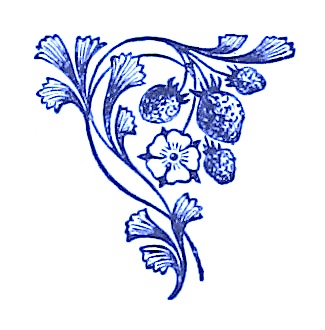| Apr/May 2014 • Poetry • Special Feature |
| Apr/May 2014 • Poetry • Special Feature |

Image courtesy of the British Library Photostream
Portrait of a Young Lady, c. 1610
After the painting of that name by portraitist Paulus Moreelse
In December of 2012, my first holiday
season living alone, I find myself
in Gallery 237, Medieval to Modern
European Painting and Sculpture,
at the Art Institute of Chicago. All
afternoon, I have lingered near
the spears and maces, sat on a bench
to admire the mounted knight untilhe tired of my company, and when
I see a flash of color in a small
room I have failed to notice, I turn
and lock eyes with the woman in red
gazing out of a dark frame. Approaching
her, knowing that this, now, is what
illumination I am seeking in this place,
I pay no attention to the Pendant
Shaped as a Dragon or the Hat Pinwith the Head of John the Baptist.
I see at once that the true subject
of this portrait is not the young woman
with pale skin and red hair, her name
not given, but rather the elaborate dress
that she wears like another person,
the costume that keeps us from knowing
who she really is: crimson and black puffed
sleeves, ruff of exaggerated lace that stifflyoffers up her head to a god hungry
for things that glitter more than flesh,
for dripping ribbons of pearls and gold,
for bright artifice. Something in her face
hints of both question and answer, as if she
always knew she would end here, nameless
on this wall, given up to visitor after visitor
but safe, unknown, and endlessly renewed.